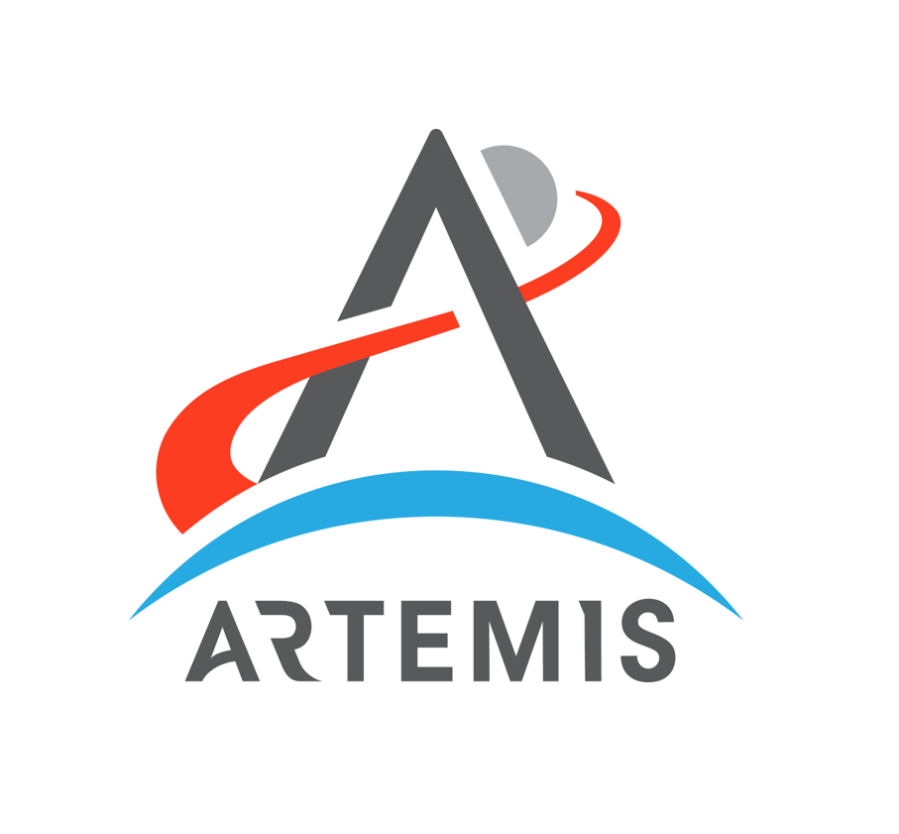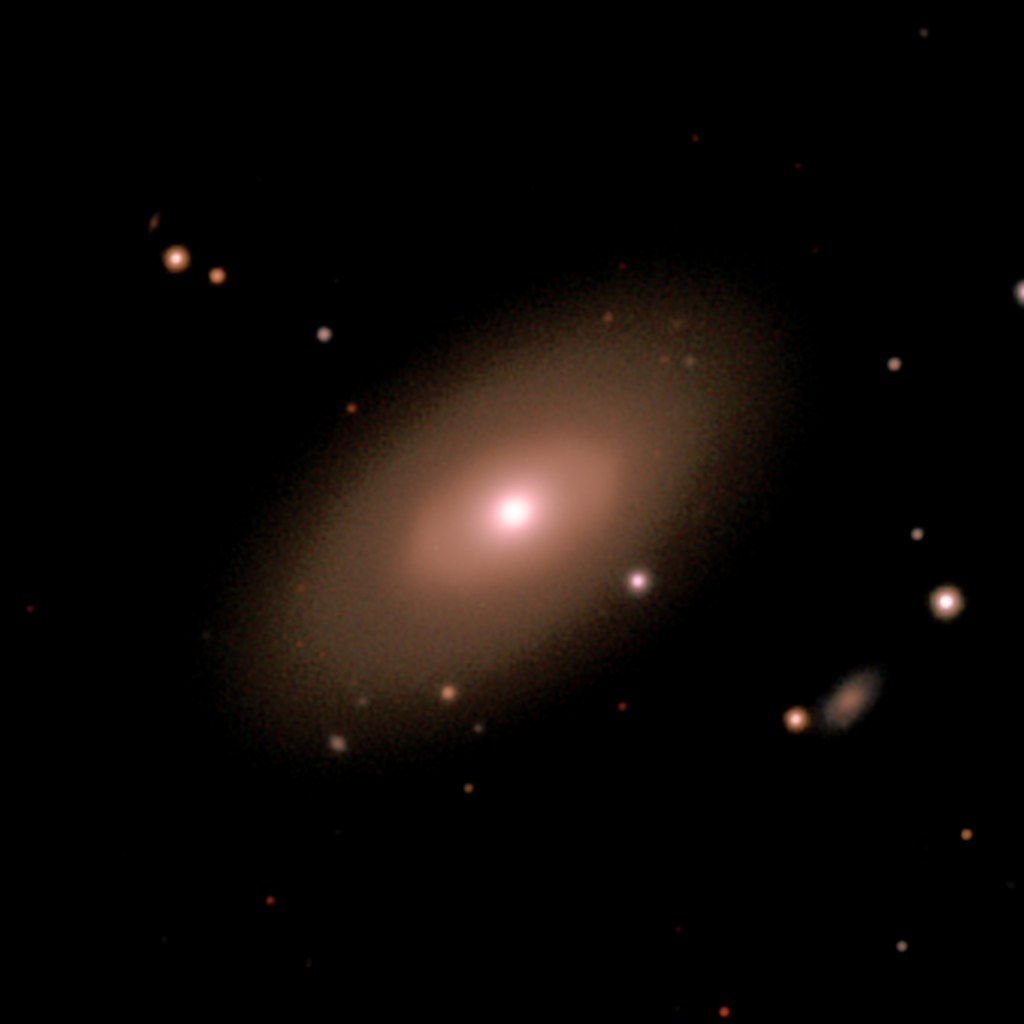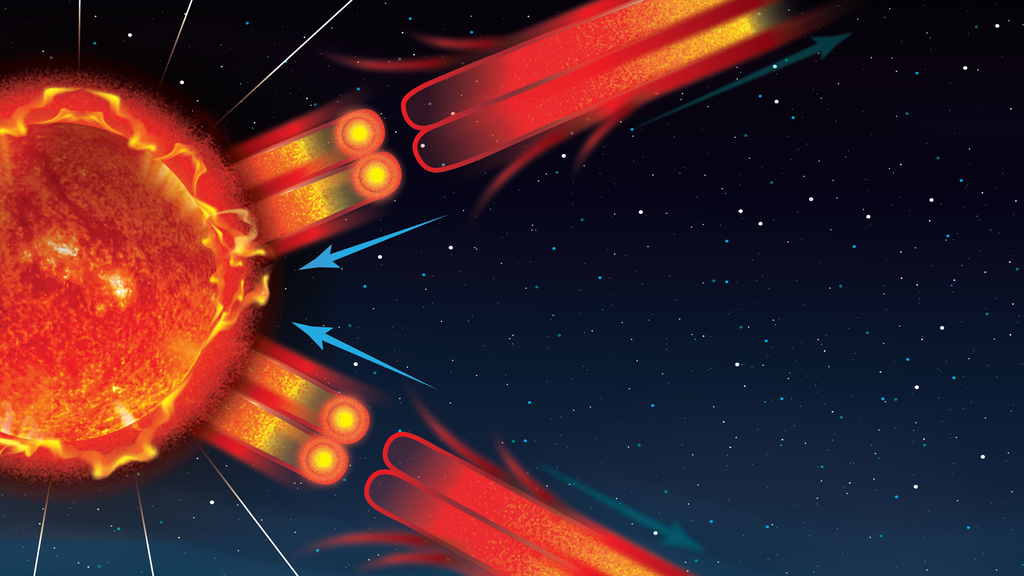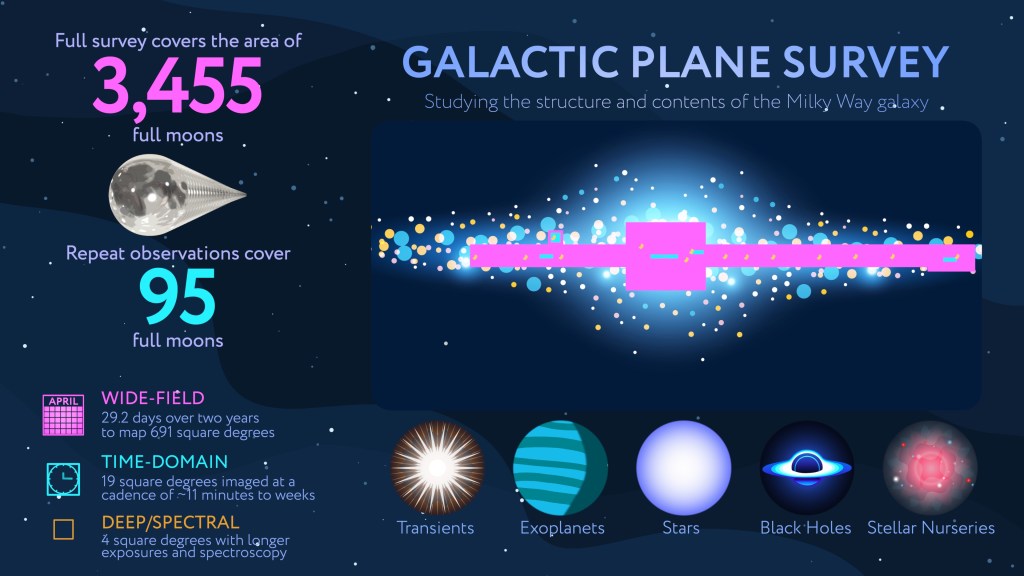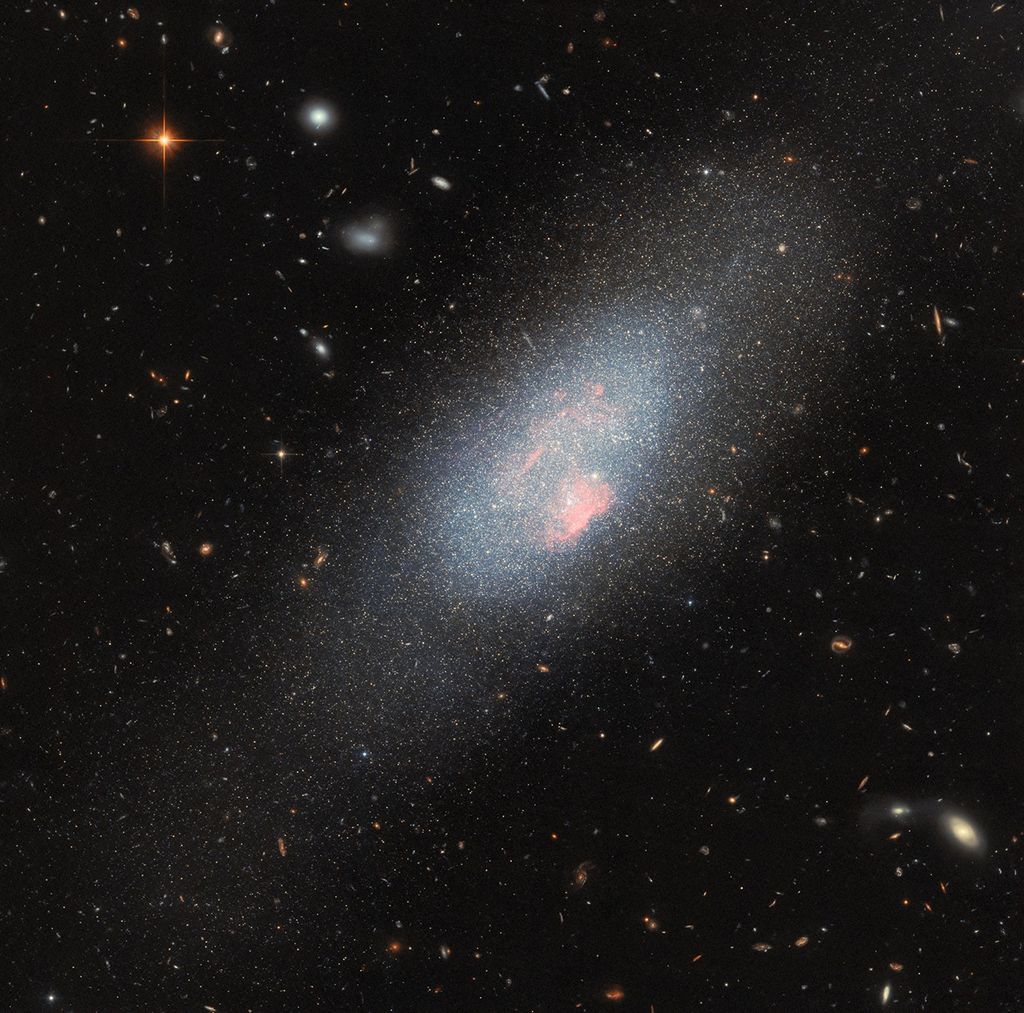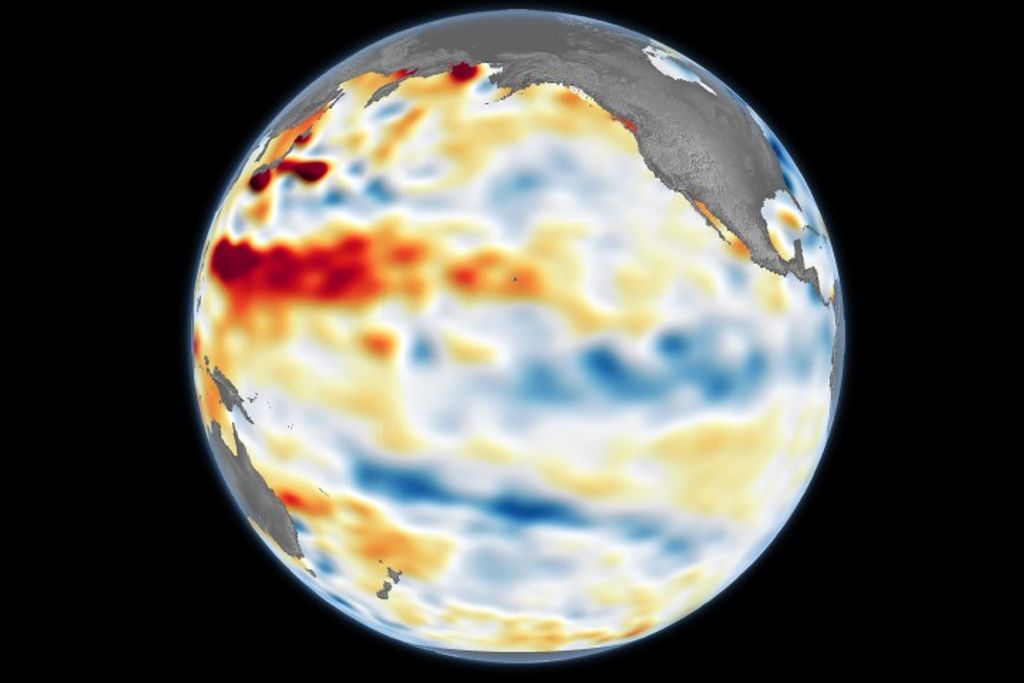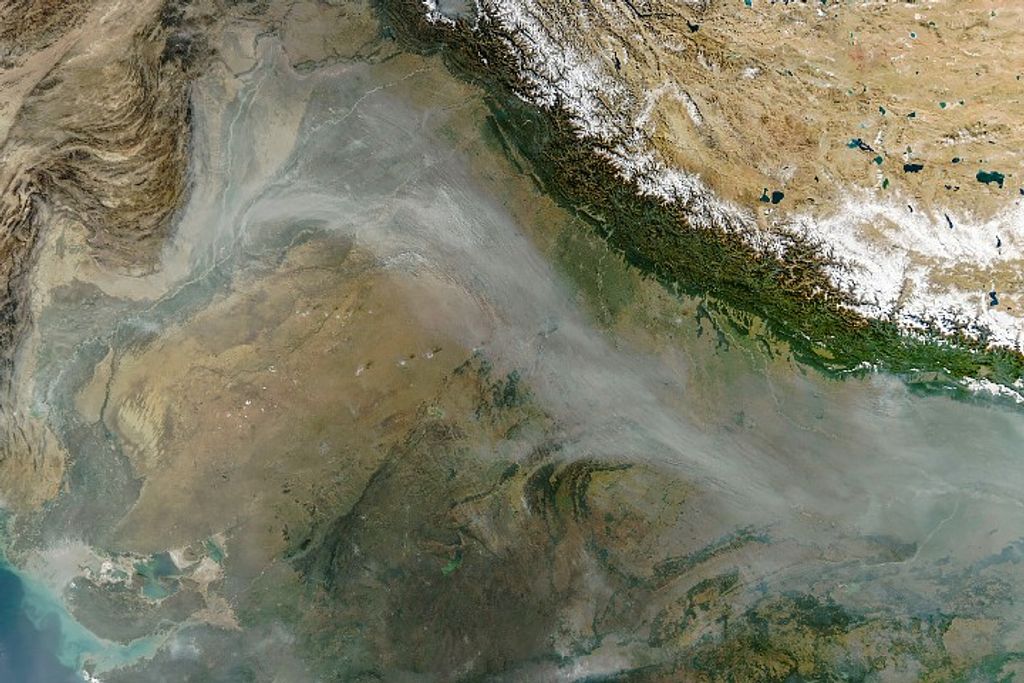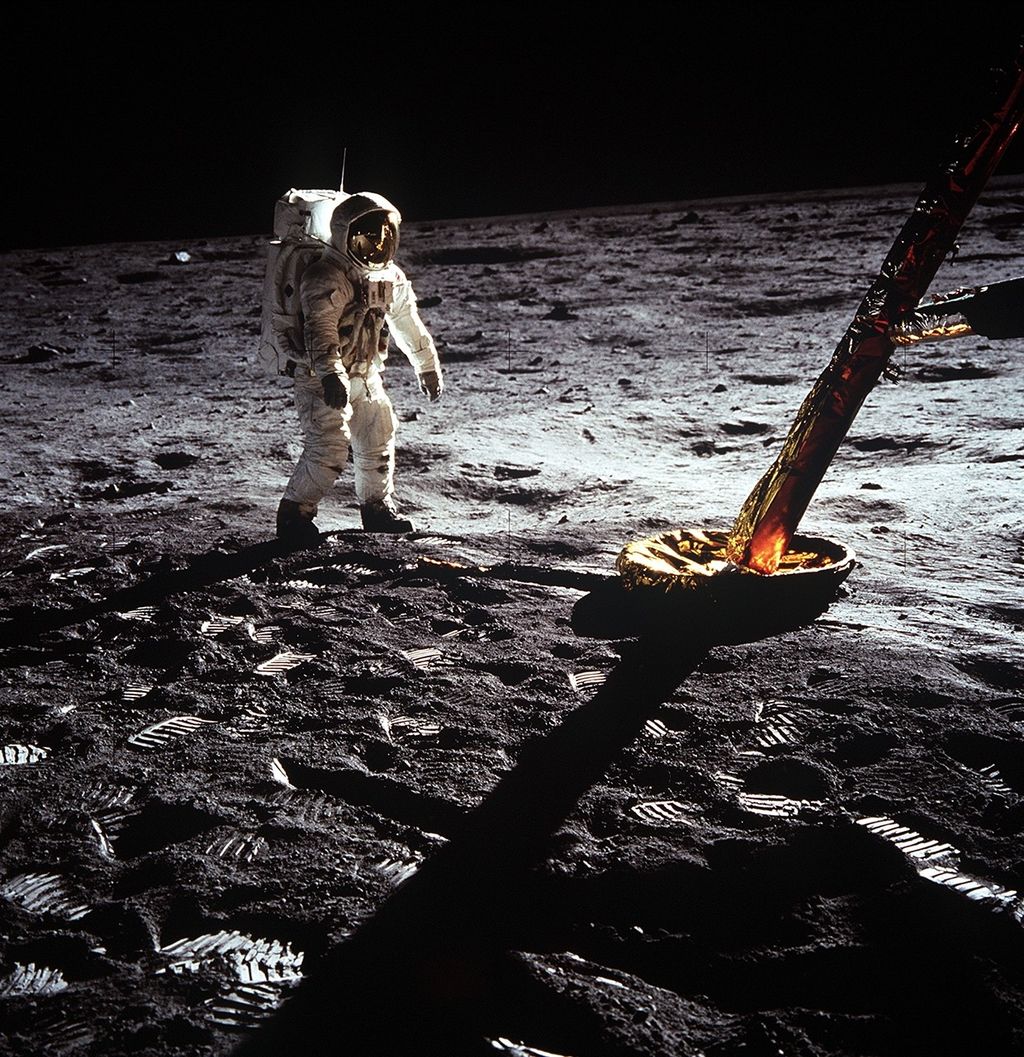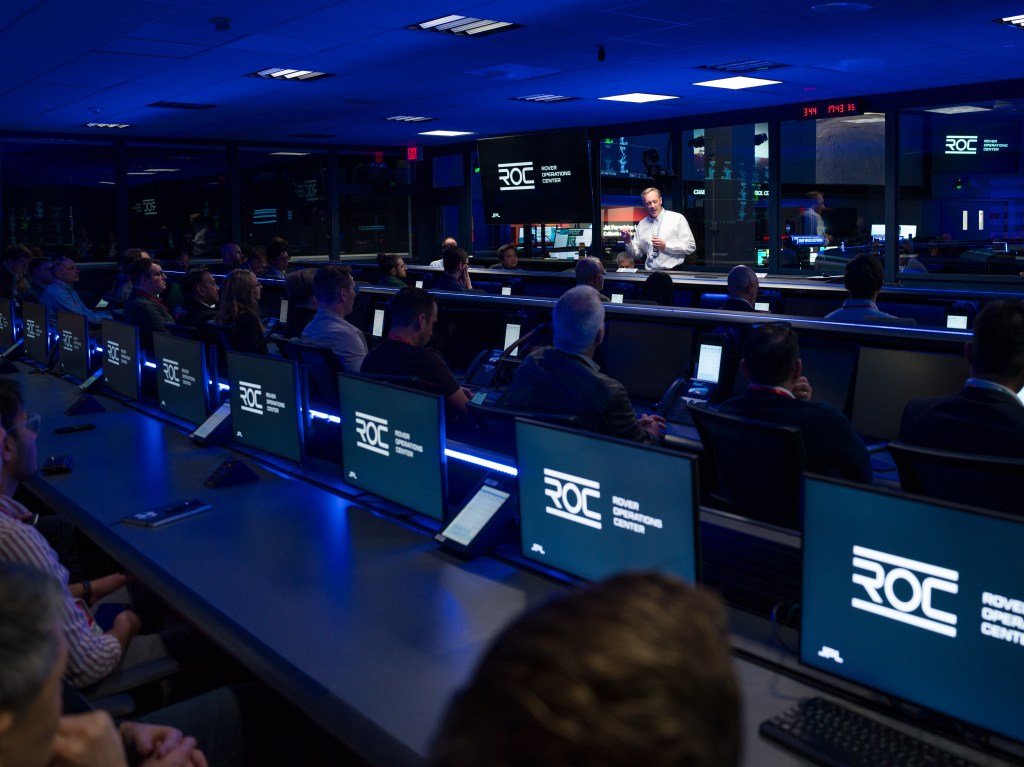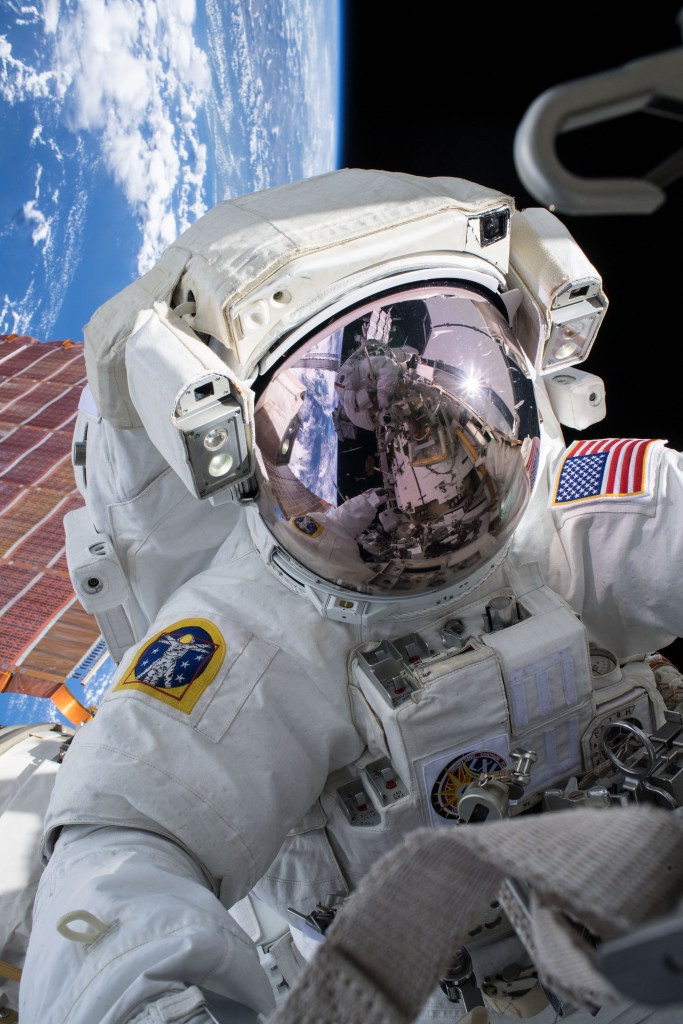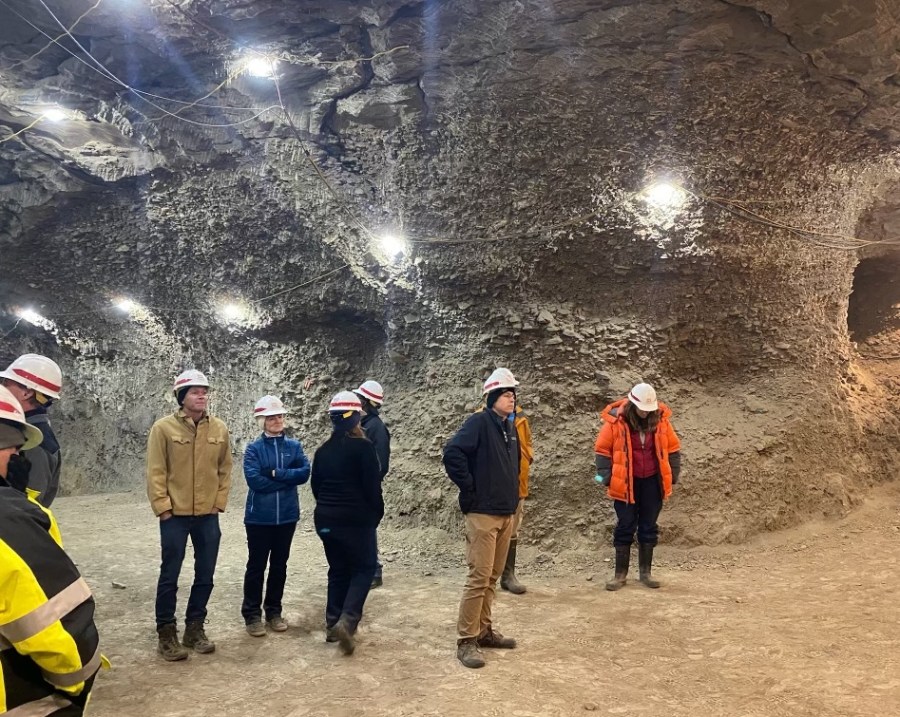Artemis Launch Director Charlie Blackwell-Thompson has given the “go” to officially begin loading propellants into the Space Launch System rocket as part of today’s Artemis I cryogenic demonstration test. Weather remains favorable for the test. Tanking operations will begin with chilldown of the core stage liquid oxygen transfer line. NASA TV coverage is underway.
Launch Director Gives “Go” to Begin Cryogenic Operations, NASA TV Coverage Underway
